Innovative Flavor Profiles
The frozen snacks market is witnessing a transformation driven by the introduction of innovative flavor profiles that cater to evolving consumer tastes. As consumers become more adventurous in their culinary choices, manufacturers are responding by developing unique and diverse flavor offerings. This trend is evident in the rise of fusion snacks that combine traditional flavors with modern twists, appealing to a broader audience. For instance, products featuring global cuisines, such as spicy Asian-inspired dumplings or Mediterranean-style appetizers, are gaining traction. Market data indicates that flavor innovation is a key driver, with nearly 45% of consumers expressing interest in trying new and exotic flavors. This emphasis on creativity in flavor development is likely to enhance the appeal of frozen snacks, positioning them as not just convenient options but also exciting culinary experiences.
Expansion of Retail Channels
The frozen snacks market is benefiting from the expansion of retail channels, which enhances accessibility for consumers. Traditional grocery stores, convenience stores, and online platforms are increasingly offering a wide range of frozen snack options, making it easier for consumers to find and purchase their preferred products. The rise of e-commerce has particularly transformed the shopping experience, allowing consumers to explore diverse brands and flavors from the comfort of their homes. Data suggests that online sales of frozen snacks have increased by approximately 30% in the past year, reflecting a shift in consumer purchasing behavior. This expansion of retail channels is likely to continue driving growth in the frozen snacks market, as it caters to the evolving preferences of consumers who seek convenience and variety in their shopping experiences.
Convenience and On-the-Go Consumption
The frozen snacks market is experiencing a notable surge in demand due to the increasing preference for convenience among consumers. Busy lifestyles have led to a growing inclination towards quick meal solutions, with frozen snacks providing an ideal option for on-the-go consumption. According to recent data, approximately 60% of consumers in the US prioritize convenience when selecting food products. This trend is particularly pronounced among working professionals and families, who seek ready-to-eat options that require minimal preparation time. As a result, manufacturers in the frozen snacks market are innovating to create products that cater to this demand, offering a variety of flavors and formats that appeal to diverse consumer preferences. The convenience factor is likely to continue driving growth in the frozen snacks market, as more individuals seek efficient meal solutions that fit their fast-paced lifestyles.
Rising Demand for Healthy Alternatives
The frozen snacks market is increasingly influenced by the rising demand for healthier alternatives among consumers. As awareness of nutrition and wellness continues to grow, individuals are seeking snacks that align with their health goals. This shift is prompting manufacturers to reformulate existing products and introduce new offerings that emphasize natural ingredients, lower sodium, and reduced fat content. Recent surveys indicate that over 50% of consumers in the US are actively looking for snacks that provide nutritional benefits without compromising on taste. This trend is particularly relevant in the frozen snacks market, where brands are innovating to create options that are both satisfying and health-conscious. The focus on health is likely to drive significant growth in the frozen snacks market, as consumers increasingly prioritize their well-being in their food choices.
Sustainability and Eco-Friendly Practices
The frozen snacks market is increasingly influenced by the growing emphasis on sustainability and eco-friendly practices among consumers. As environmental concerns gain prominence, individuals are becoming more conscious of the impact of their food choices on the planet. This trend is prompting manufacturers to adopt sustainable sourcing practices, reduce packaging waste, and create products that align with eco-friendly values. Recent studies indicate that nearly 40% of consumers in the US are willing to pay a premium for snacks that are produced sustainably. This shift towards sustainability is likely to drive innovation within the frozen snacks market, as brands strive to meet the expectations of environmentally conscious consumers. The integration of sustainable practices not only enhances brand loyalty but also positions frozen snacks as a responsible choice in the eyes of consumers.


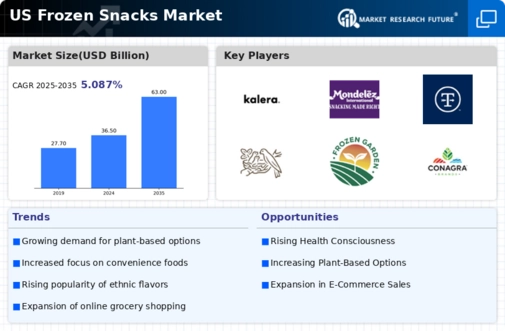
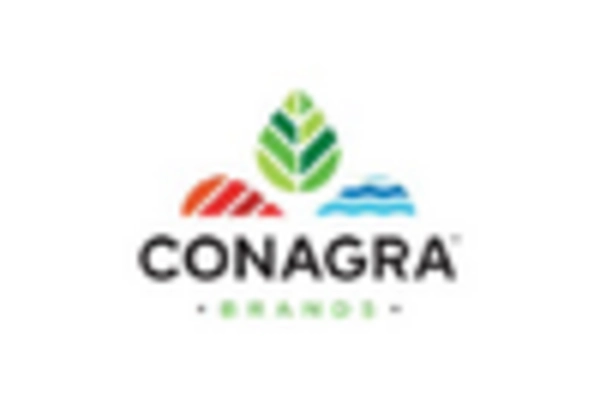
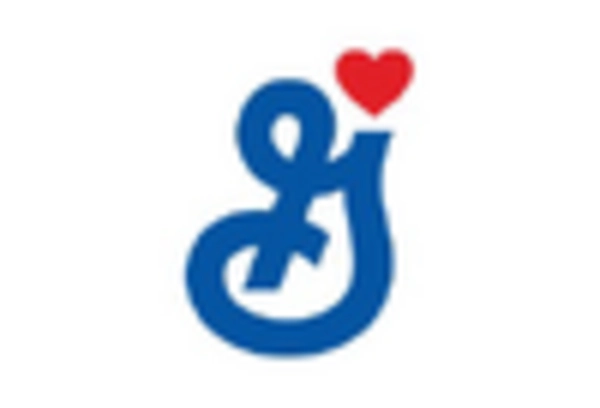
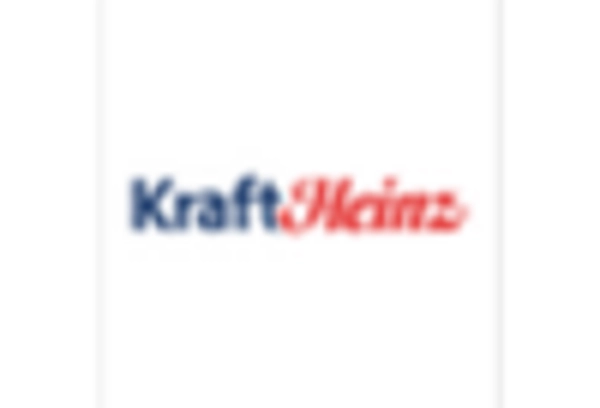

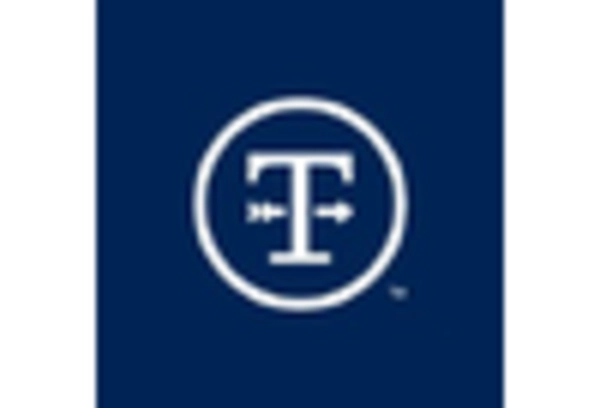









Leave a Comment